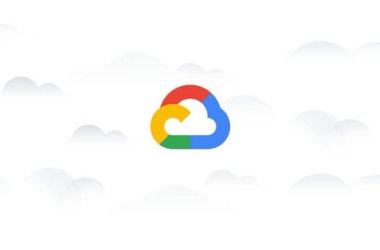 Google has made available the full SDK for the Android 3.0 mobile platform, featuring a UI redesigned for tablets and more connectivity options.
Google has made available the full SDK for the Android 3.0 mobile platform, featuring a UI redesigned for tablets and more connectivity options.
Also being released are updates to SDK tools and ADT (Android Development Tools) for Eclipse (10,0.0). “We are pleased to announce that the full SDK for Android 3.0 is now available to developers. The APIs are final and you can now develop apps targeting this new platform and publish them to Android Market,” said Xavier Ducrohet, Android SDK tech lead, in a blog post on Tuesday afternoon.
Otherwise known as “Honeycomb,” Android 3.0 is specifically designed for larger devices, particularly tablets. A virtual and “holographic” UI design is featured, as well as refined multitasking. Multitasking in Android 3.0 enables users to access a Recent Apps list in the Systems Bar to see tasks that are in process and jump to a different application context.
Connectivity options in Android 3.0 include support for Media Picture Transfer Protocol to sync media files with a USB-connected camera or desktop computer without requiring a USB mass-storage device. Bluetooth tethering is also supported.
Android 3.0 features a redesigned “soft” keyboard intended for fast text entry. Keys are reshaped and repositioned for improved targeting. New keys have been added, including a Tab key to provide richer, more efficient text input, Google said. An updated set of standard applications, meanwhile, features programs designed for larger-screen devices.
For developers, Android 3.0 offers a new UI framework for tablet applications, high-performance 2D and 3D graphics, multicore processor architecture support, and rich multimedia and connectivity capabilities such as HTTP live streaming. Enterprise capabilities for developers include backing for device administration policies, such as those covering encrypted storage and password expiration and history.
With the ADT Plugin, UI improvements are featured, such as a new palette with categories and rendering previews and more accurate rendering of layouts to reflect how a layout will look on devices. Zoom improvements, including fit to view, are available as well. Developers also get tools for using the Renderscript graphics engine.
The Android SDK is available for download.





